You might have noticed all those markings on your car tyre. The sidewall of the tyre carries tons of information. Some of them you would need, while others you don’t. But it won’t hurt if you know how to decode these mysterious etchings.
Once you learn to read your tyre’s language, you can understand a lot just by looking at the sidewall. You will know everything from how much load the tyre can carry, its size, age and speed rating to how the plies are arranged.
Subscribe To The GoMechanic YouTube Channel
When you are out shopping for new tyres, you can see if the ones you want to buy are manufactured for your car’s requirements. So let us check all this out in great detail.
Read more about markings on car tyres and tyre care tips!
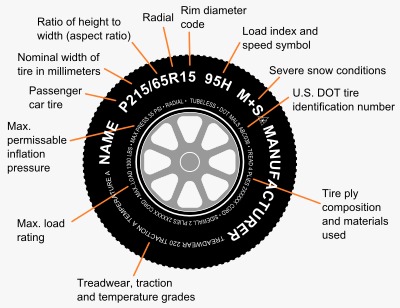
Application: Passenger or Light Truck
We can start with the tyre size sequence. The tyre size code can be found on the sidewall of your tyre. The code starts with the alphabets P or LT. P means P-metric or passenger. Tyres with the size information beginning with P are made to use on passenger vehicles.
LT, on the other hand, stands for ‘light truck’. In the picture of the tyre above, we can see the uppercase P in the tyre measurement code P215/65R15. This indicates that the tyre belongs to a passenger vehicle.
Passenger tyres are designed for vehicles that carry people. Using passenger tyres on a truck meant to transport much heavier cargo won’t be a good idea.
Width of the Sidewall
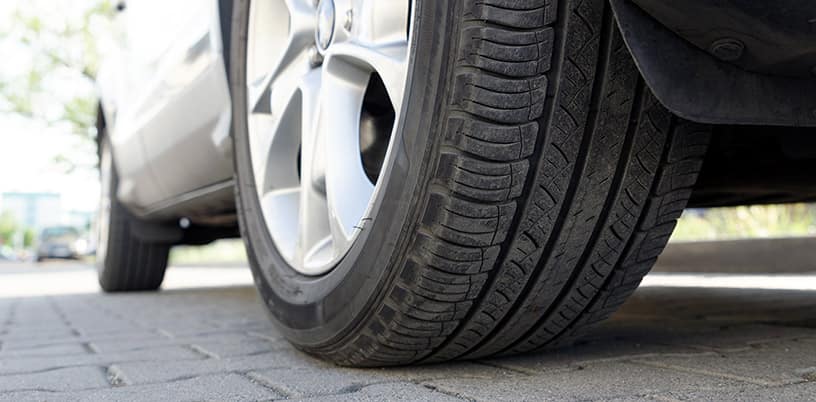
The tyre dimensions are the most important markings we can spot on the sidewall. P215/65R15 is the measurement of the tyre. Here, the first 3 digits after P tells us about the width of the sidewall. The section width is usually given in millimetres. In the picture above, the sidewall is 215 mm wide.
Sidewall Height or the Profile/Aspect Ratio
The height of the sidewall is measured from rim to tread. On the sidewall of the tyre, this is shown as a percentage of the sidewall width. In the tyre size code P215/65R15, it is 65. This means the height of the sidewall is 65% of 215mm (which is the width), which is 139.75mm.
Construction of the Tyre
We can understand how the tyre is constructed by looking at the alphabet following the aspect ratio. The construction is shown by an R, B or a D. Here, in P215/65R15, we can see that it is an R. But what does this mean?
The tyre has plies. These plies are layers of fabric cords that are coated with rubber. Let’s say the tyre has the alphabet R to denote its construction. R stands for radial. This means that has plies on the radial-ply tyre are horizontally arranged. The cords are laid perpendicular to the direction of the tyre rotation. This can be contrasted with diagonal bias, where the plies are laid out at an angle, eventually making a crisscrossing design. The plies are thus placed at angles to the direction of the tyre rotation.
Most of the tyres we see have a radial construction. They have several advantages over tyres with bias or diagonal construction. Radial-ply tyres mean better ride quality and more fuel efficiency. Besides, radial tyres are said to last longer.
Rim Diameter
The wheel or the rim diameter refers to the diameter of the wheel the tyre sits on. It is measured in inches. If the tyre size is P215/65R15, the 15 that comes at the end of the code is the rim diameter. Thus this tyre would be made for a wheel with a 15-inch diameter.
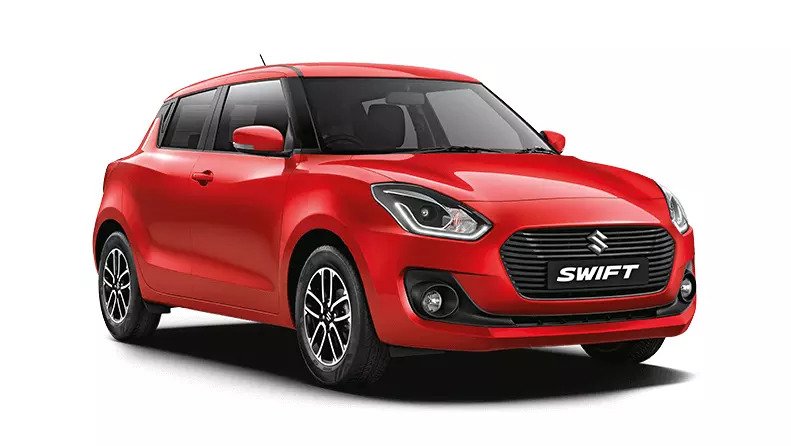
Now, we shall put our knowledge of tyre markings into practice. Here, let’s take the example of the Maruti Suzuki Swift VXi AMT. The car’s stock tyres have a tyre size of the car is 165/80 R14. From this we know 165mm is the section width or width of the tyre’s sidewall. While on the other hand, 80 is the aspect ratio expressed as a percentage. The sidewall height is thus 80 per cent of its width (165mm). Then we can do the math and conclude that the factory Swift VXi tyres would have a sidewall height of 132mm. R that appears after the aspect ratio suggests that this tyre has radial construction like most tyres out there. Last but not least 14, at the end of the code is the rim diameter. This means Maruti Suzuki Swift VXi AMT has wheels with a radius of 7 inches or a diameter of 14 inches. |
Also Read:10 Basic Car Terms That You Should Know
Load Index and Speed Symbol
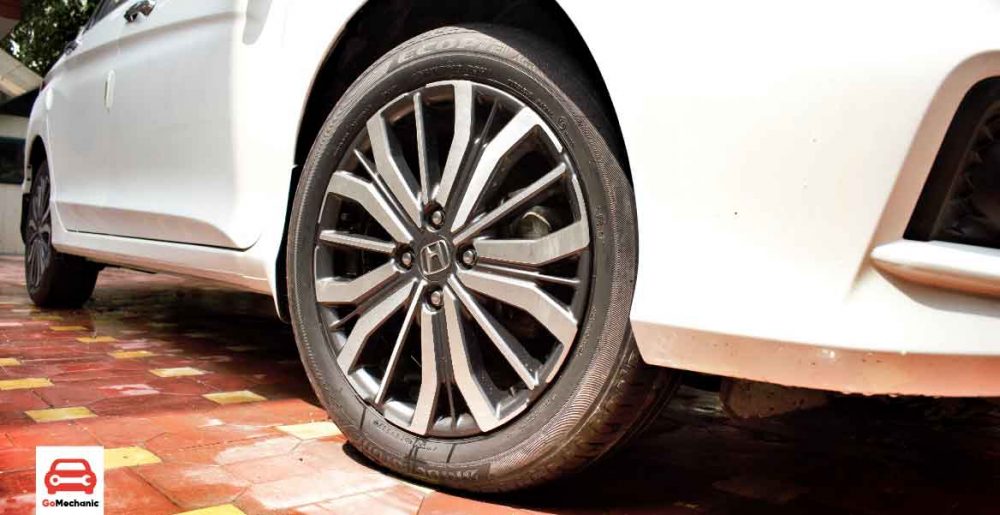
After the tyre size sequence, the characters show its load index and speed rating. The load index or the tyre load rating helps us understand how much weight a particular tyre is manufactured to handle at the optimum inflationary pressure. In P215/65R15 95H, 95H at the end tells you about the load-carrying capacity of the tyre and its speed rating. 95 corresponds to 1,521 pounds or 690 kilos. We should also mention that the load a car can carry is the sum of the weight each of its tyres is designed to shoulder.
On the other hand, the speed rating is the alphabet H in 95H. So what does speed rating mean? It is the maximum speed the tyre can manage. The car tyre with a speed rating of H can go as fast as 130 miles in an hour or 210 km/hr. So, you should always get tyres that match the speed rating of your vehicle.
Read more about speed rating and load index.
Maximum Load Rating
The maximum load rating sort of repeats how much the tyre can carry. This time, instead of a symbol like 92 or 95, the load index uses how much weight the tyre can bear is given in kilograms and/or pounds. So let’s say a tyre’s load index is 92, then the maximum load rating on the tyre would be 630 kg.
Maximum Permissible Inflation Pressure
This is the maximum cold tyre pressure. Cold inflation pressure is the tyre pressure when the vehicle is stationary, and the tyres are not yet warmed up by the road. Inflation pressure is expressed in PSI.
Maximum inflation pressure gives us an extreme value. That is the maximum air pressure up to which we can inflate the tyre. But it is not the maximum air pressure; we should inflate the tyre. This is because the ideal inflation pressure for your car tyres is always lesser than the maximum.
But we should also mention that underinflation can be dangerous as well. You might end up stranded on the freeway with a blown-out tyre.
Treadwear Number
Car tyres carry treads that wear out over time. The treads have patterns called grooves. These grooves help the tyre grip the road properly, even in bad weather. So it is important that the tyre should stay in good condition as long as possible.
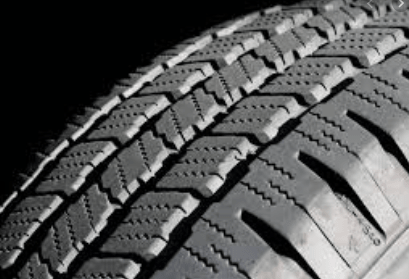
The treadwear number tells you how long it will take for the tread to wear down. If your tyre has a relatively higher treadwear number, it would take a long time for your tyre’s tread to wear out. For instance, if the treadwear number of 220, this means that the tyre treads will last longer than a tyre with a lower treadwear number.
Remember, do not drive with a worn-out tyre!
Traction Grade
Tyres are graded as AA, A, B or C based on their traction on the wet road. Consider a situation where it is raining. You step on the brakes at the red light. Ideally, the vehicle should come to stop right away. However, this won’t happen on wet asphalt. There would be a lag between when you hit the brake and when the car halts.
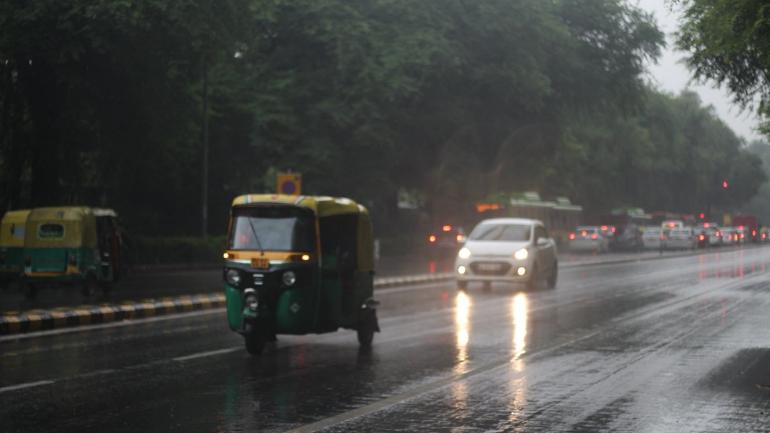
Traction grade tells you the distance the tyres move in a straight line on a wet road before responding to your command to stop. Traction grade would positively correlate with the tread and grooves on the tyre. If the tyre has more tread, it would have greater traction on the ground.
Since the tyre in the picture has a traction grade of A, we won’t get as much handle on the vehicle on a rainy day compared to a car with AA tyres. However, the majority of car tyres come with an A rating.
Temperature Grade
Friction from the road generates a lot of heat. The temperature indicator shows how much heat the tyre can take. Tyres have a temperature grade of A, B, or C. Tyres graded A can withstand the most heat without being damaged.
Rotation
It tells you the direction the tyre should roll. Why is this important? From this, we can figure out which side of the tyre should be on the outside of the vehicle. And which one on the inside? Some tyres have arrows, while asymmetric tyres have markings that say in or out.
The Year of Manufacture
If we know the tyre’s age, we would have a rough idea of when we need to replace them. So the sidewall would typically show the week and year of manufacture. Let’s say, the sidewall tells you the tyre was built on 35/19. This means that the tyre was made on the 35th week of 2019.
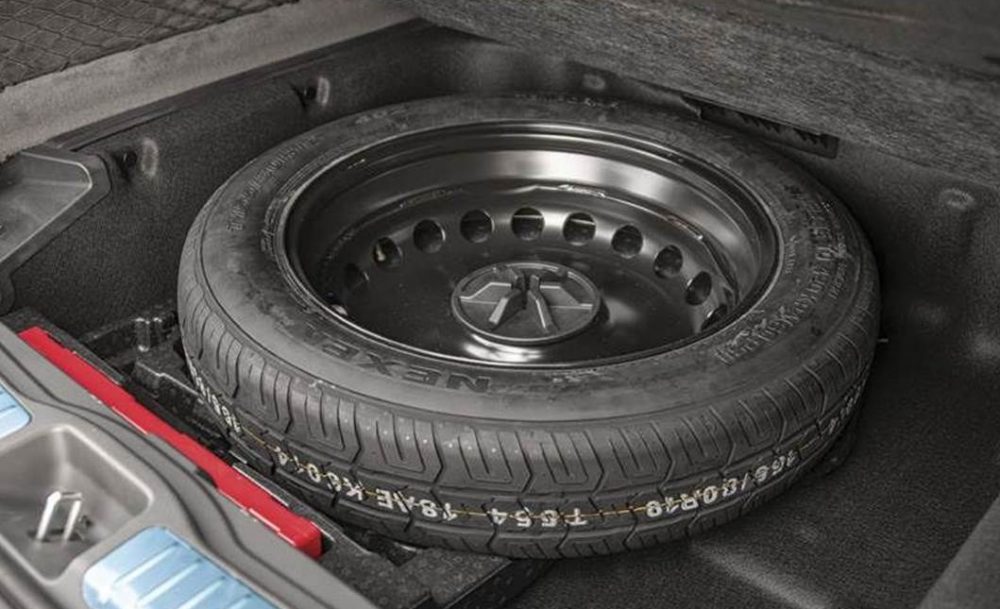
Along with this, most tyres also come with the name of the manufacturer and materials used for their construction. But these are not the only markings, the sidewall of a quintessential tyre sports. Some have additional information like homologation number, where the tyre was manufactured, terms like reinforced or extra load and many others.
Tyre markings are more or less uniform across brands, be it MRF, Appolo or CEAT. Once you know how to read a tyre, you can apply your knowledge across different brands. This means shopping for new tyres would be a walk down the park!
For more: Car Tyres: Here Is Everything You Need To Know
Read next: All the Car Segments in India Explained (A, B, C, D)





